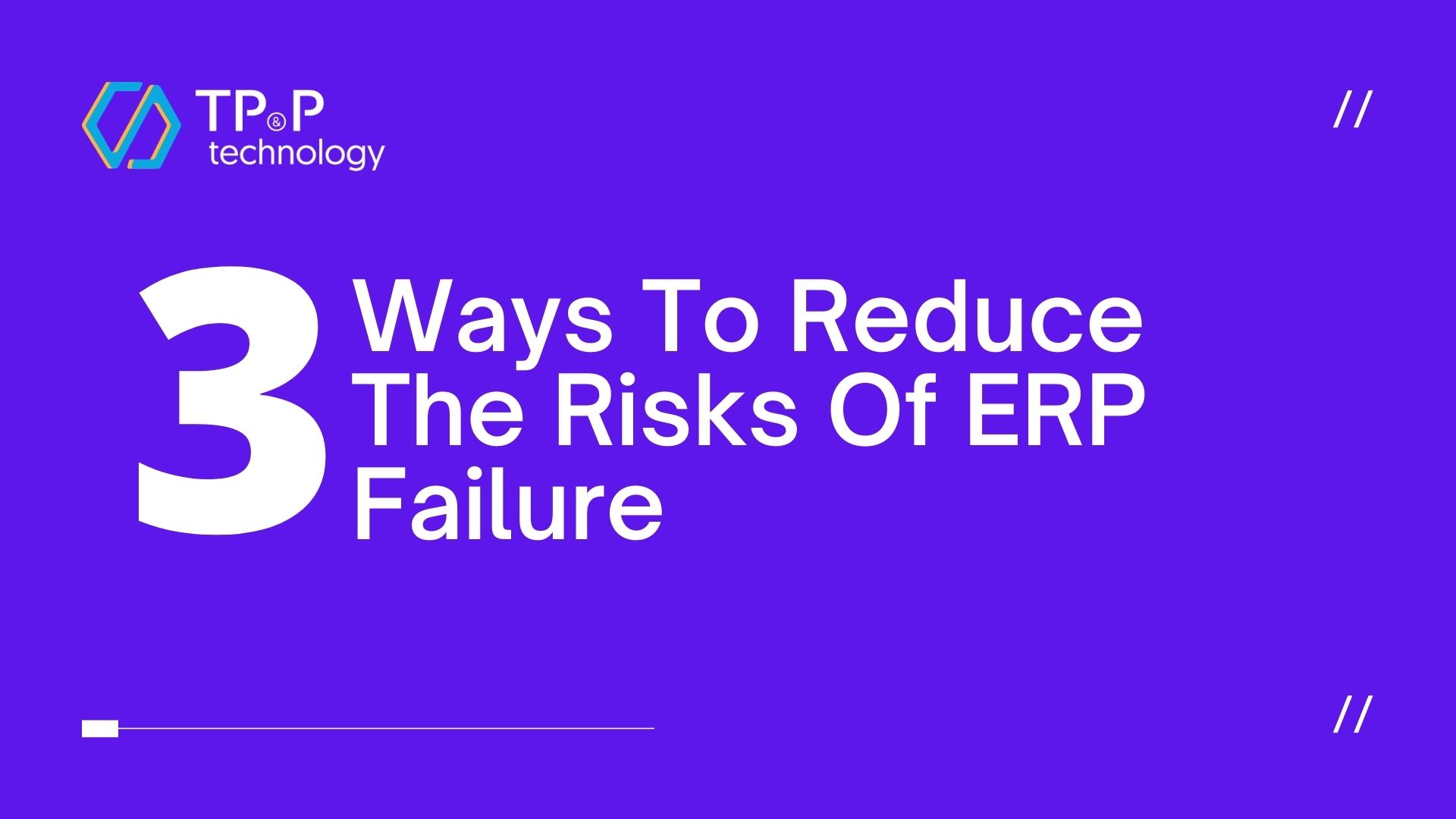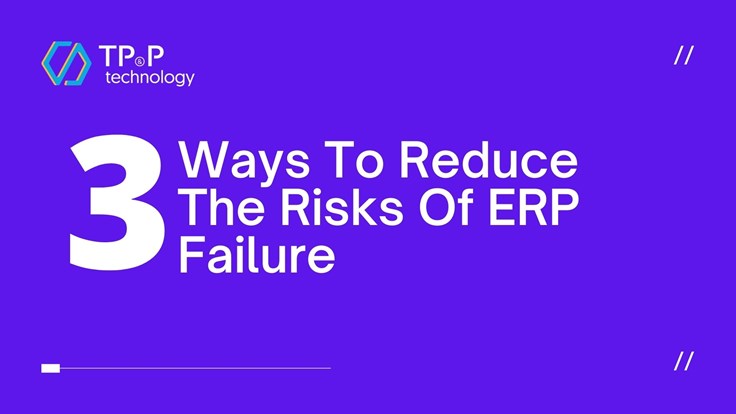
Three Ways To Reduce The Risks Of ERP Failure
If you have been following our blog, you’ve probably heard we mentioned the difficulty in ERP implementation. ERP systems are often counterintuitive and can be inflexible. No one wants to fail an ERP project or any kind of project. Therefore, as an Odoo partner and SAP ERP consultant, we’d like to reveal to you some tips to reduce the risk of failing ERP implementation.
Why ERP implementation is a challenging task?
First, let’s find out why ERP is so hard to configure. ERP system is a widely used IT packages in businesses of all sizes in every industry. ERP implementation has been a trend and been around for quite some time. Despite its well-known reputation, ERP is still a challenge anytime someone wants to implement it.
How come?
- Cost of ERP With so many ERP solutions right now, it is hard to find out which systems are the best compatible piece and budget-friendly. ERP can be the best solution that is in alignment with your business needs while assuring the security of business data. But the high-quality product often comes with high prices, and in this case, even high training costs. This can be the major roadblock for SMEs.
- Lack of flexibility Deploying an ERP system is a one-time investment. If you deploy a non-scalable or non-flexible solution, this might be a trouble in the future.
- Difficult to operate Without proper training, ERP is a bit hard to use. Users need to spend time understand the product and get used to it.
- Environment incompatibility This is one of the major concerns that any business should take into consideration before starting this digital transformation movement. Some ERP only works under certain hardware configurations or environments. You might need to spend more to set up a suitable environment for ERP.
- Setting expectations
- Setting the right expectations at the beginning of the implementation is crucial. Because this will help all stakeholders to understand the solution’s function and can prepare for the result properly.
Even though there are some obstructions when implementing the ERP system, if chosen the right partner to company you on the journey, the new ERP solution will significantly improve your business processes.
Not all ERP failures can be avoided 100 percent of the time, many can be saved if you take certain steps.
Mitigating Risk
When it comes to dealing with crisis and risk management, the key decision-makers should always be prepared. Outlining all of the possible risks and find ways to avoid them, mitigate them, and solve them if necessary.
Weekly and monthly project reports are crucial to identify and address the problem on time. Appointing a senior-level contact who doesn’t involve in the project to give a peer review both progress and challenges.

There should also be a team that’s on standby to immediately jump in at the first sign of the problem. This team would start an assessment looking for the root cause of the problem. The members of this group must know ERP well and understand the business goal of the new installation or upgrade.
Besides the preventive team, you should have a consultant by your side to review the project and advice you which steps you should take. Sometimes an ERP project failure is because of the project leaders’ inattention.
Misaligned with requirements
The requirements of the ERP software system should be written down beforehand. All project documentation needs to be reviewed first to make sure that it does align with the business requirements for the solution.
We strongly recommend these requirements to be written in the contract and the project charter.
Have a clear and flexible timeline
ERP implementation project normally has a tendency to overrun the time estimation. Therefore, in order to ensure no one is being left in the dark don’t know what to do next, business leaders (if involved in the ERP implementation project) or project manager need to constantly tell the staff and supporters what will be better next week, what the steps will be in the next fortnight.
Give the people who involve in the project a realistic idea of what things usually pop up during the process, and make sure everyone stays calm if there is any delay.
By mentally preparing your staff and supporters, they will feel more comfortable and likely to deliver better results.
Conclusion
Getting a new ERP system right and in place is almost everyone’s problem. But by being well prepared, succeed in ERP implementation isn’t impossible anymore.
Surely, if you need an IT expert to give you insight and company you on this journey, TP&P Technology is among the top software development companies in Vietnam, we’re experts in digital transformation and are honored to help you. Contact us today!



